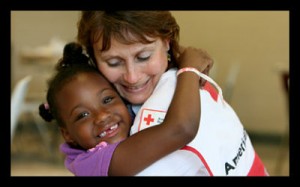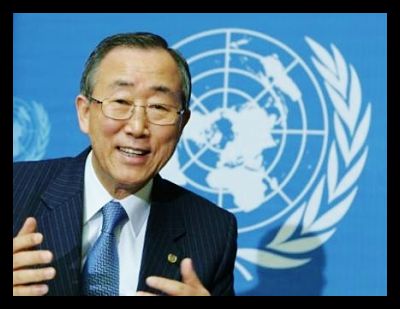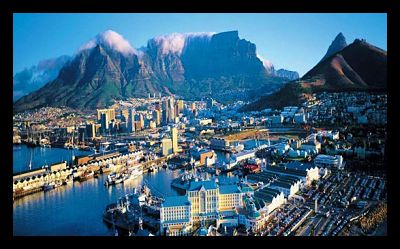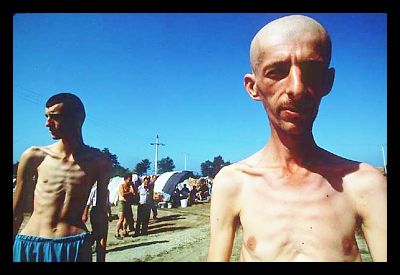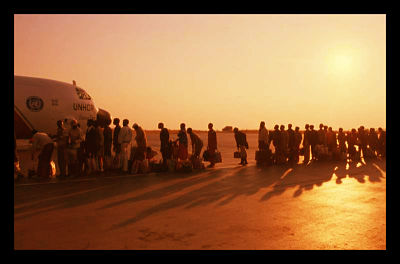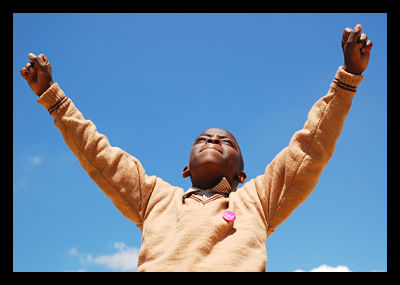
People on different sides of the global warming debate now must consider a new element to the discussion as countries around the world try to address the question of how to treat “climate refugees.”
Guidelines for the treatment of internally displaced people as a result of war, violence, or natural disasters have existed for over 50 years. However, the question of how to treat displaced people who have been displaced within their home countries because of disasters brought on by climate change has yet to be answered.
Walter Kaelin, the former representative of the UN Secretary-General on the Human Rights of Internally Displaced Persons, frames the problem by saying, “There are unclear mandates for [aid] agencies to respond to cross-border displacement since no NGO or agency has responsibility for overseeing people displaced by natural disasters.” The legal questions regarding how to treat or assist people across international borders as a result of natural disasters have not yet been resolved. Some countries and organizations have shied away from addressing the issue of climate refugees because it could involve a lengthy formal process of international negotiations. The result is that climate refugees who apply for asylum after natural disasters can be rejected by possible host countries and have few if any, fall-back options.
At the 2010 Cancun conference on the UN Framework Convention on Climate Change (UNFCCC), the question of how to treat climate refugees was raised when the term “climate change-induced displacement” was mentioned for the first time in such a setting. However, the group refused to propose guidelines for the treatment of those displaced. At a recent conference in the Pacific Rim, the matter received considerable attention, in part because people from the so-called “drowning islands” (Pacific nations that are succumbing to rising sea levels) face the prospect of becoming climate refugees themselves as a result of disasters caused by global warming. Various U.N. agencies are studying the matter more closely in the hope of finding workable and livable solutions for those affected.
– Délice Williams
Source: IR in News,Climate Refugees
Photo: Space.City
